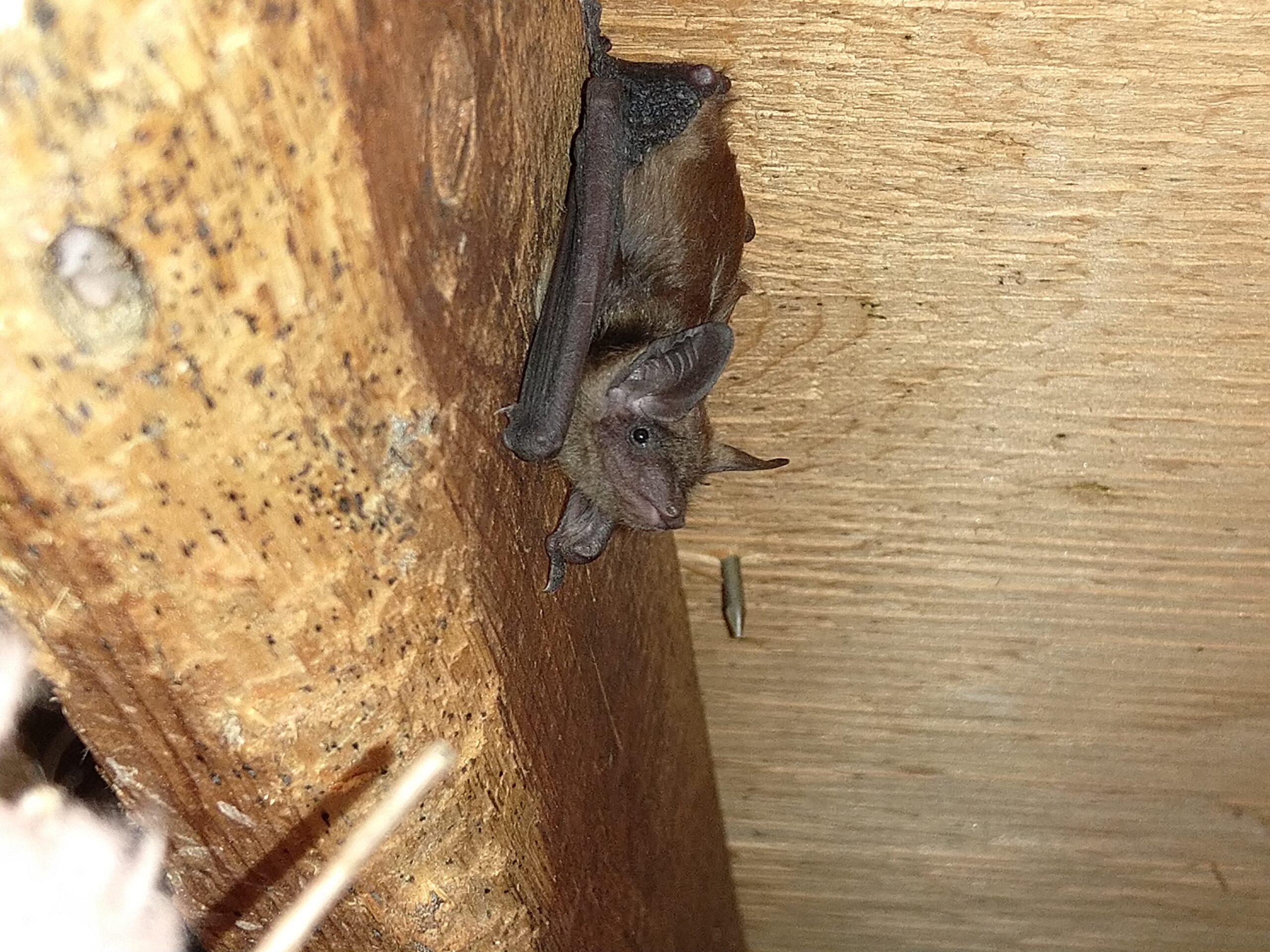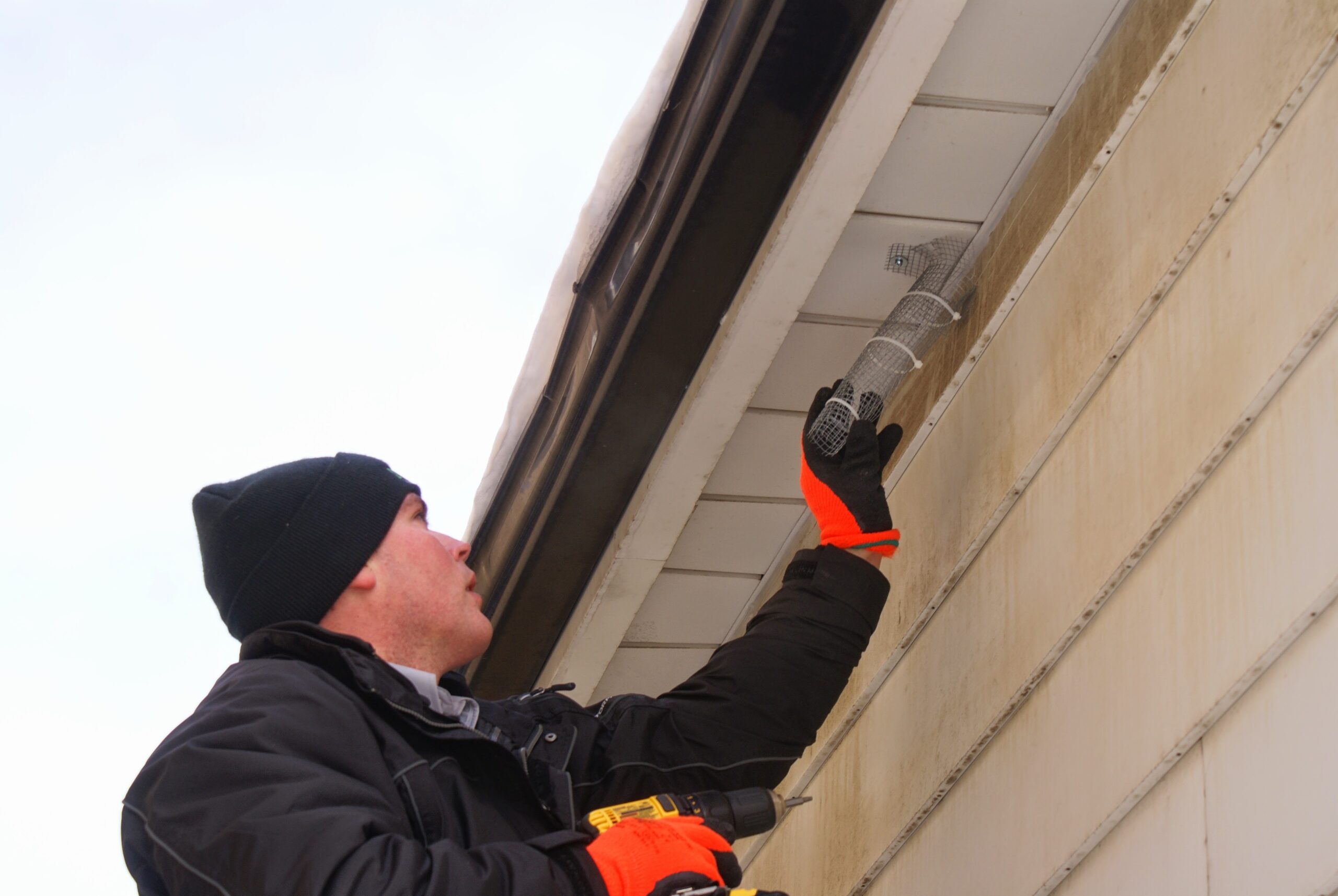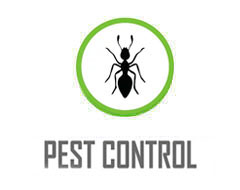
How to Keep Bats Out of My Attic?
Bats are mammals and warm-blooded creatures that can be seen flying around during the night time hours. The nocturnal creatures are known to use caves and dark spaces as their home base, oftentimes taking up residency inside the attics of homes. Once inside your home, bats will begin to take over, enjoying the consistent temperatures that your home provides.
Bats will reproduce and create a colony which will result in damage to your home as well as risks to your health.The only way that you will be able to know that bats are living in your attic is to see them or to hear noises coming from space. If you see bats flying around your roofline or go to the attic and see a bat, then you most likely have an infestation of sorts, be it a few bats or multiple. If you hear noises from the attic, the space should be investigated but the process is best left to the experts.
WHAT ARE BATS DOING INSIDE YOUR HOME?
Bats prefer dark, warm and secluded places to settle in. Being opportunistic creatures, bats see our attic spaces as a convenient place to hibernate or raise their young. During the winter months bats are in hibernation, conserving their body fats and energy until they awaken in the spring. Once spring has sprung bats move right into mating and baby season, with baby bats arriving between the months of April and May. During these times, bats will use attics and wall cavities to stay safe as they rest and raise their young.
CAN I REMOVE THE BAT MYSELF?
When it comes to bat infestations, a DIY removal is not a safe or effective method to solve the problem. Much like any other species of wildlife, we should always keep our distance. Crawling Into an attic space to remove a bat colony places you in a position to be attacked by a defensive bat. Although not all bats are carriers of rabies, it is important to assume that any bat could transfer diseases through a bite or scratch.
While inside the attic, you will be in close quarters with the bat droppings left behind. These droppings have the potential of carrying a disease that is transferable to humans called histoplasmosis. Without the proper protective equipment, there is a high risk of exposure. Bat colonies are also home to ectoparasites called bat bugs that will bite humans if they come into contact.
Health and safety risks for humans are not the only concern when it comes to a DIY bat removal. Bats populations have been suffering across North America, and as a result they have been protected by the Fish and Wildlife Conservation Act. This law dictates the time of year bat removals can take place. Removing bats during hibernation or baby season will negatively impact their survival rate. In order to protect bat populations and stay in accordance with wildlife protection laws, no DIY bat removal should ever be attempted.
HOW DO EXPERTS REMOVE BATS FROM A HOME?
Technicians who specialize in bat removal know just what to do and identify bat entry points as well as remove the creatures from your home. Bats can enter your home through holes the size of a dime so you could easily miss an entry point. The bat colony will need to be located and the phase of the breeding cycle assessed. Once this has been done, the technician will then be able to create a strategy for removal that will be humane as well as economical. Because the technician is knowledgeable in bat biology and behaviour, the bats will be removed without any babies left behind or health concerns for the future.
Next, the area where the bats were located will need to be cleared and cleaned to ensure that no one in the home is affected by the droppings or any bat carcasses. Such issues can be a health concern for those in the home. This can include removing and repairing affected insulation as well as restoring certain areas of the attic space.
For the final step, the best way to ensure that bats do not enter the home again is with prevention methods. Sealant will need to be used on tiny gaps and holes found in your home. These entry points will be eliminated so that bats cannot gain entry into your attic in the future. It is also recommended that the bats be tested by the Public Health Department to check for rabies. If the bats test positive, then individuals living in the home may need to be given a post-exposure rabies shot as a preventative measure.
SKEDADDLE KNOWS BATS

If you have bats in your home, contact Skedaddle Humane Wildlife Control for bat removal services. Our technicians are happy to assist you with removing the nocturnal creatures from your home so you never have to worry about being subjected to viruses or disease from the mammals. Contact our office today or call 1-888-592-0387 to schedule an appointment.
CALL US TODAY
1.888.592.0387
OR
Request for Services



FOLLOW US